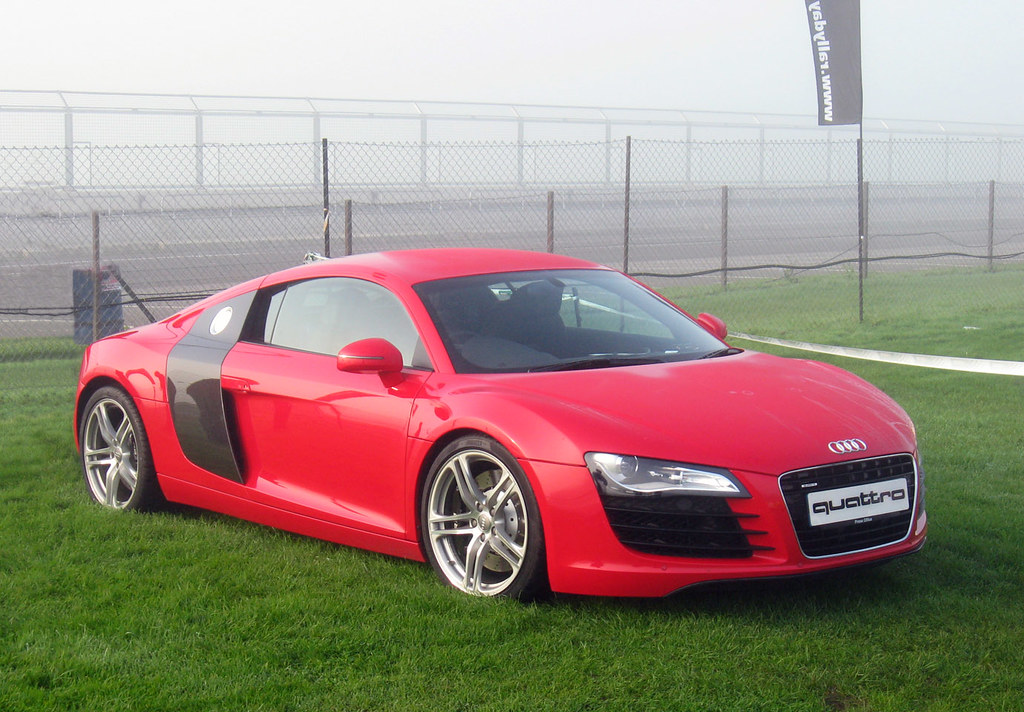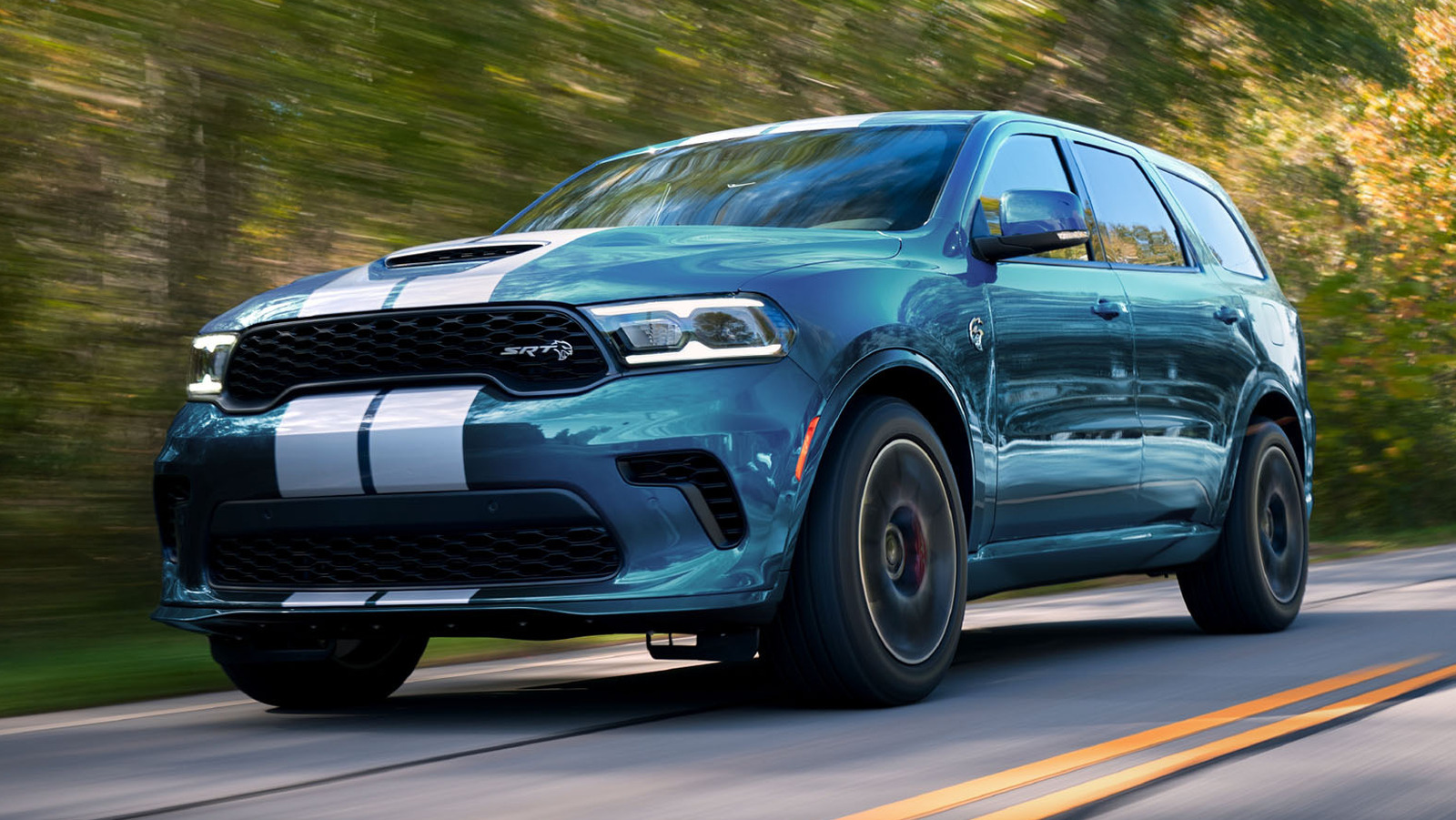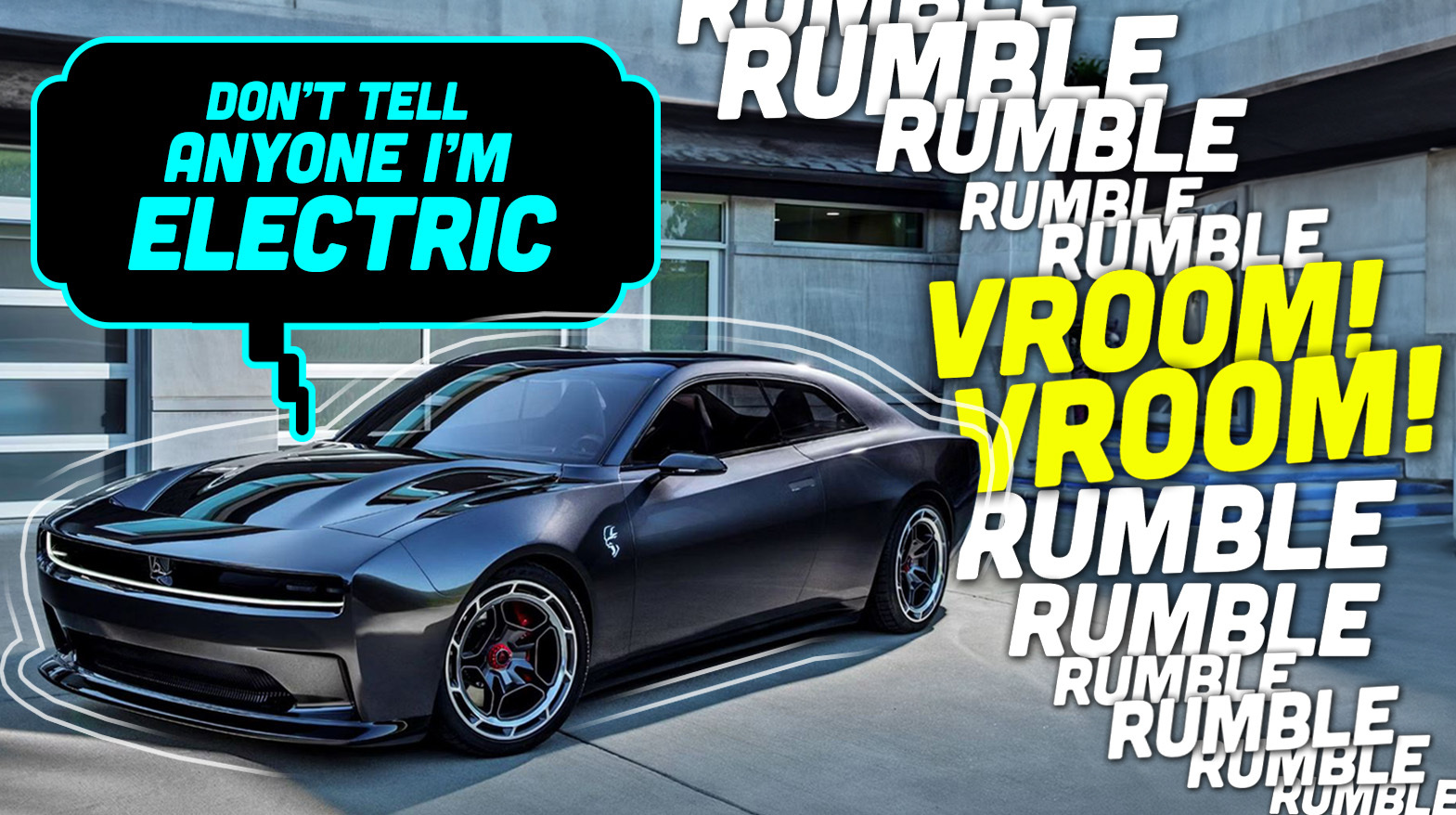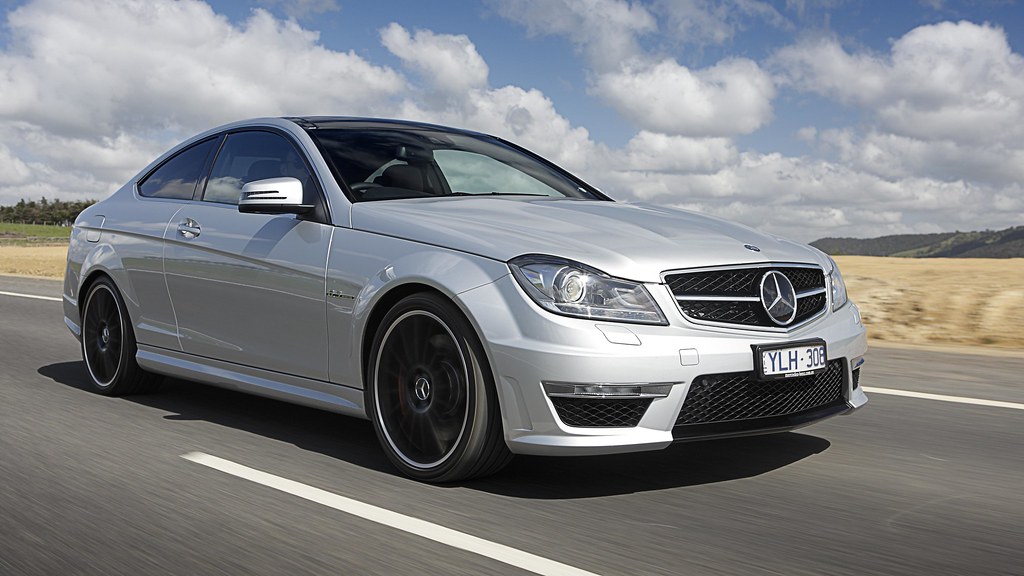
A person who enjoys DIY projects may try their hand at painting their vehicle, driven by a passion for hands-on work and the allure of transforming their ride. There’s a genuine satisfaction that comes from undertaking such a project, envisioning a fresh, glossy finish that breathes new life into an automotive canvas. However, the path to a perfect paint job is often fraught with unexpected challenges, turning that satisfying vision into a perplexing reality of imperfections.
If you’ve ever found your DIY car paint project yielding results that are less than ideal, characterized by uneven textures, strange discolorations, or a finish that simply refuses to shine, you are in excellent company. Many DIY enthusiasts, regardless of their general prowess, encounter a distinct set of common issues that can plague automotive paint finishes. The good news is that these problems are rarely insurmountable; with the right knowledge, meticulous preparation, and precise techniques, most can be successfully avoided or expertly rectified.
We’re here to equip you with that essential knowledge, diving deep into the 15 most common reasons why DIY car paint jobs can fall short of expectations. Understanding these specific pitfalls is your most critical first step toward achieving a smooth, durable, and truly professional-looking finish. In this initial section, we will explore the underlying causes, precise prevention strategies, and effective remedies for the first seven of these common maladies, ensuring your journey into automotive painting is met with greater confidence and more successful outcomes.
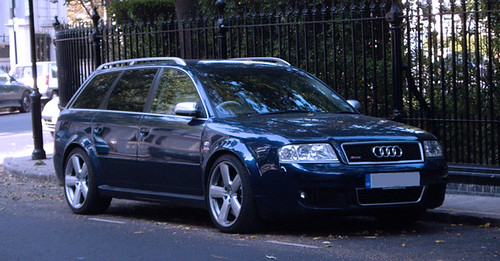
1. **Air Trapping**One of the more common and visually frustrating issues that can mar a fresh paint job is known as air trapping. This phenomenon occurs when tiny bubbles of air find their way to the paint’s surface and subsequently pop, leaving behind distinct, unattractive craters that compromise the smoothness and aesthetic appeal of the finish. It’s a subtle yet significant flaw that can quickly diminish the perceived quality of your hard work.
Several factors can contribute to the formation of air trapping, often pointing back to the application process itself. Improper spray gun settings are a frequent culprit, as is maintaining an incorrect distance between the spray gun and the surface of the vehicle. Furthermore, using unsuitable air pressure during the application can exacerbate the problem, making it difficult for the paint to lay down smoothly and allow trapped air to escape naturally before drying.
To prevent this issue, diligence in your setup and technique is paramount. Ensure that the spray gun is properly adjusted according to the manufacturer’s recommendations and the specific paint you are using. Crucially, maintain the gun at the correct, consistent distance from the car’s surface throughout your passes, and verify that you are utilizing the right air pressure setting. These precise adjustments allow the paint to atomize correctly and flow out evenly, minimizing the chances of air bubbles forming.
Should you find yourself dealing with air trapping after the paint has dried, there are corrective measures you can take. You can effectively fix this issue by using sandpaper with a 1200 grit to carefully sand down the affected areas. Following this meticulous sanding, a fine polish should be applied to restore the glossy finish. The goal is to blend the repaired section seamlessly with the rest of the paint job, making the craters vanish and leaving behind a smooth, unblemished surface once more.
Read more about: Why the ‘Seinfeld’ Cast Can Almost Never Reunite On-Screen Again: An Inside Look at the Creative Hurdles and Enduring Legacy

2. **Bleeding**Bleeding is a particularly vexing issue that can compromise the visual integrity of a multi-layered paint job. It manifests as a noticeable discoloration that appears in the topcoat, often presenting as an unwanted tint or stain that shouldn’t be there. This defect fundamentally undermines the intended color and consistency of your fresh application, making the finish look patchy and unprofessional.
At its core, bleeding occurs because the solvent present in the newly applied topcoat is too aggressive or given too much time to interact with the underlying layers. This solvent actively dissolves the pigments or dyes that are present in the old finish or even previous coats of paint, causing them to seep upwards into the fresh, wet layer. The result is an uneven and highly undesirable finish, which can significantly affect the overall appearance and quality of the entire paint job, creating a muddy or streaked look.
Preventing bleeding primarily involves careful product selection and adherence to manufacturer guidelines, especially regarding compatibility between different paint systems. Utilizing barrier primers or sealers specifically designed to isolate old paint layers from new ones can be incredibly effective. Additionally, ensuring that previous coats are fully cured before applying subsequent layers helps to minimize the solvent interaction that causes this problem in the first place.
The good news is that the bleeding issue in car paint can be addressed and fixed. The recommended method involves first letting the topcoat cure fully. This ensures that no more solvent activity is occurring and that the existing bleeding is stabilized. Afterward, the critical step is to spray a specialized sealer directly over the top of the affected area. This sealer acts as a protective barrier, effectively encapsulating the discolored pigments and preventing them from migrating further. Once the sealer has thoroughly dried, the original color coat can be reapplied to achieve a smooth, even, and vibrant finish, finally achieving the look you originally intended.
Read more about: Robert Redford: A Definitive Journey Through 14 Essential Films of a Screen Legend
3. **Blushing**Blushing is an environmental paint issue, frequently observed in locations that experience high humidity. This problem gives the paint a cloudy or milky appearance, severely detracting from the desired clarity and gloss of a freshly applied finish. It’s a visible haze that seems to dull the entire surface, making it look as though moisture is trapped within the paint itself.
The mechanism behind blushing is fascinatingly scientific. It occurs when the solvents in the paint evaporate too rapidly from the surface, which in turn causes the surface temperature of the paint layer to drop significantly, often below the dew point of the surrounding air. When this happens, moisture from the humid atmosphere condenses directly onto or within the paint layer before it has fully dried, creating the distinctive cloudy look. It’s essentially the paint equivalent of a glass fogging up in humid conditions.
To combat this issue, several preventative measures can be taken, focusing largely on controlling the paint’s drying rate and the environmental conditions. One effective solution is to incorporate a retarder product directly into the paint mixture. A retarder slows down the evaporation rate of the solvents, allowing the paint to dry more gradually and preventing the surface temperature from plummeting too quickly. After mixing, coating the area once more with this modified paint can often resolve existing blushing.
For long-term prevention, it’s crucial to choose a high-quality retarder product specifically formulated for the environmental conditions you are working in. Beyond material additives, painting in a controlled environment, such as a temperature-regulated spray booth, can dramatically minimize the impact of humidity and temperature fluctuations. Furthermore, proper surface preparation and application techniques, including maintaining the correct distance and spray gun settings, play a crucial role in ensuring optimal solvent flash-off and reducing the likelihood of blushing occurring, leading to a much clearer and glossier finish.
Read more about: Customizers Be Wary: 14 Types of Paint Jobs You Should Seriously Think Twice About Choosing for Your Ride
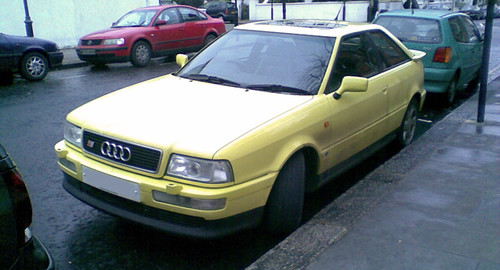
4. **Cracking**Cracking is a devastating paint defect, characterized by the formation of cracks of varying lengths and patterns in the finish. These can sometimes resemble the intricate wrinkles on a reptile’s skin, indicating a severe structural failure within the paint film. This problem not only looks terrible but also compromises the protective qualities of the paint, potentially exposing the underlying bodywork to further damage.
The primary cause of cracking often stems from the film thickness of the paint layers. Cracks can readily form when the undercoat’s film or the topcoat itself is applied too thickly. This excessive thickness prevents proper curing and flexibility. This issue may also occur when you paint over a surface that is already cracked or if you apply an incorrect amount—typically too much—hardener, which can make the paint brittle. Other factors include insufficient surface preparation where imperfections are not removed, or the lifting of a substrate when the wrong reducer is used or materials are top-coated before achieving full cure.
More detailed analysis reveals additional common causes. An improper choice in reducer or hardener is critical, as paint manufacturers’ suggestions for these materials should always be followed. Using improper or low-quality materials can have an adverse effect on the finished dry paint film. An incorrect mixing ratio, particularly if too much activator/hardener is used or not properly mixed, also invites defects. Furthermore, environmental conditions like excessive heat or humidity during application and curing can directly contribute to surface imperfections such as cracking. Lastly, the ‘too much, too quickly’ approach of spraying too much material in full wet coats is a common catalyst for cracking.
To address this significant issue, it is almost always necessary to strip the affected area of the old paint entirely and start the refinishing process from scratch. This ensures proper adhesion of the new layers and helps prevent future cracking. Once the paint film is completely cured, minor imperfections can be sanded out, and the paint reapplied. Careful attention to the thickness of the undercoat and topcoat, along with the appropriate use of hardener, reducer, and proper mixing ratios, is crucial for achieving a smooth, durable, and crack-free finish. Avoiding the common causes by following manufacturer instructions and environmental guidelines will prevent this frustrating problem from reappearing.
Read more about: Remember the ’00s? These 9 Fast Food Icons Defined Value and the Legendary Late-Night Run!

5. **Crow’s Feet**Crow’s feet are a specific type of cracking that presents as small, intricate cracks appearing primarily in the topcoat of the paint finish. While related to general cracking, their distinct pattern and common causes warrant separate attention for proper diagnosis and prevention. These fine lines can significantly detract from the smooth, unblemished appearance expected of a quality paint job, giving it an aged or distressed look prematurely.
Several factors are commonly identified as the culprits behind crow’s feet. One of the most prevalent reasons is applying a film coat that is excessively thick. When too much material is laid down in a single pass, it can lead to uneven drying and internal stresses within the paint film, manifesting as these delicate cracks. Another common cause is the use of a blowgun to rapidly dry the primer, which can force the surface to dry too quickly while the underlying layers remain wet, leading to contraction and cracking.
Insufficient drying time between coats also plays a significant role. Not allowing enough time for each layer to properly flash off and cure before applying the next traps solvents and creates an unstable foundation, making the topcoat susceptible to cracking. Furthermore, using too much hardener or catalyst in either the paint or primer mixture can make the film overly brittle, greatly increasing its propensity to develop crow’s feet as it dries and ages.
Unfortunately, once crow’s feet have appeared, spot repair is often insufficient. To effectively remedy the problem, you will typically have to strip away all the affected paint layers and meticulously start the process again from the bare substrate. This reset allows for proper preparation and application. Preventing reappearance hinges on ensuring proper drying time between coats, adhering to recommended film thicknesses, and precisely measuring the correct amounts of hardener or catalyst in your materials. By mastering these application techniques, you can ensure a smooth, unblemished, and durable finish.
Read more about: Beyond the Red Carpet Glow: Unpacking the 12 Most Controversial Beauty Treatments Hollywood Stars Actually Swear By

6. **Debris in the Paint**Debris in the paint is perhaps one of the most straightforward yet infuriating issues a DIY car painter can face. It manifests as solid particles of varying sizes becoming embedded within the wet paint film, creating noticeable bumps, textures, and imperfections on what should be a perfectly smooth surface. These specks of foreign material ruin the aesthetic and tactile quality of the finish, making the car look unkempt and poorly finished.
The root cause of this problem is almost always environmental contamination. It is fundamentally important to paint in an environment that is as free from dirt and dust as possible. Garage dust, lint from clothing, pet hair, or even fine particulate matter carried in by air currents can settle onto the vehicle or into the wet paint, becoming permanent fixtures in your finish. The presence of these contaminants during the spraying process is a tell-tale sign of an inadequately prepared workspace.
Preventing debris in the paint begins with obsessive cleanliness. You need to make absolutely sure that the surface of the car itself has been cleaned thoroughly before starting any painting. This means more than just a quick wipe-down; it involves washing, degreasing, and potentially using a tack cloth to pick up any lingering dust particles. Beyond the vehicle, the painting area itself needs rigorous attention. Wetting the floor down before spraying water-based paint, and ideally between every coat, can significantly reduce airborne dust by trapping it before it can settle onto your project.
While the primary focus should be on prevention, if grit or debris does get into the paint, it can usually be fixed after it cures properly. The method involves carefully sanding the affected area with appropriate grit sandpaper to remove the embedded particles and smooth the surface. Afterward, the area needs to be cleaned and then resprayed, often requiring compounding and polishing to blend the repair seamlessly. However, the most effective strategy remains creating and maintaining a pristine painting environment from the outset to avoid this common frustration entirely.
Read more about: Unleash Your Inner Mechanic: 15 Essential DIY Car Hacks to Save a Fortune on Maintenance
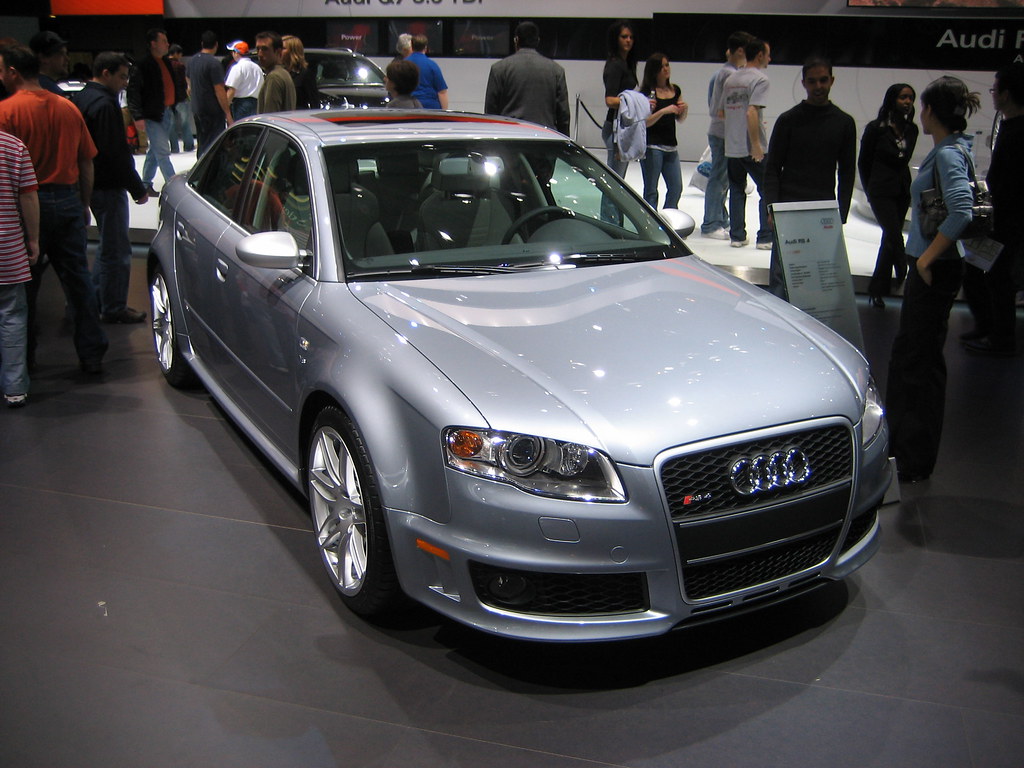
7. **Discoloration**Discoloration, particularly the appearance of a yellow stain on the topcoat, is a frustrating issue that can unexpectedly surface after you’ve applied your finish. This problem typically occurs when you paint over certain underlayers, such as glazing putty or body filler. Instead of a uniform, vibrant color, an unsightly yellowish tint bleeds through, ruining the intended hue and presenting an unprofessional appearance that mars the entire section.
Understanding the causes of this specific type of discoloration is key to preventing it. It can often be traced back to issues with the body filler itself or its application. Using either too little or too much hardener in the filler can lead to an improper cure, creating unstable compounds that can react with subsequent paint layers. Another common trigger is priming before you allow the filler to completely cure; if the filler is still chemically active, it can leach yellow pigments into the primer and topcoat. Furthermore, not mixing the filler enough can result in inconsistent curing and hotspots for chemical reactions.
The implications of discoloration extend beyond mere aesthetics; it indicates a chemical interaction or an incomplete curing process that undermines the stability of your paint job. This means that not only does the color look wrong, but the adhesion and longevity of the paint might also be compromised in the affected areas, potentially leading to further problems down the line if not addressed correctly.
To prevent this particular form of discoloration, meticulous attention to the preparation and application of body fillers is essential. First and foremost, ensure that the filler is properly and thoroughly mixed according to the manufacturer’s instructions, guaranteeing a consistent chemical reaction. Crucially, allow the filler to fully cure for the recommended time before applying any primer or topcoat. Finally, always use the correct amount of hardener specified for your filler; under or over-activating the filler is a primary pathway to these undesirable yellow stains. By adhering to these steps, you can avoid this specific problem and ensure your topcoat maintains its true, intended color.
Building upon the foundational understanding of initial paint challenges, we now delve into the remaining eight intricate paint problems that can plague a DIY automotive finish. These issues often involve more complex interactions related to material selection, precise application techniques, and the critical curing processes. Mastering these advanced troubleshooting methods can transform frustrating setbacks into valuable opportunities for skill refinement, ultimately leading to a truly polished, durable, and professional-grade result. Let’s tackle these next hurdles with expert insights and actionable strategies.
Read more about: Conquering Cold Starts: A Popular Mechanics Guide to Diagnosing and Fixing Winter Car Troubles

8. **Dulling or Hazing**One of the most disappointing outcomes after applying fresh paint is when the expected shine or gloss simply doesn’t materialize, or worse, dulls significantly before it has even had a chance to fully dry. This lack of luster, known as dulling or hazing, can make an otherwise perfect paint job appear unfinished and detract from the vehicle’s aesthetic appeal, leaving a matte or satin look instead of a vibrant gloss. It’s a clear indicator that something in the application or curing process has gone awry.
Several factors can contribute to this frustrating loss of gloss. Most commonly, it stems from insufficient drying time for the undercoat, meaning subsequent layers are applied before the previous ones have adequately flashed off or cured. If the final coat of single-stage paint or a clearcoat is applied too thinly, it may not exhibit its full gloss potential. Similarly, applying material too dry can contribute to this problem, sometimes even leading to a texture reminiscent of orange peel, further diminishing the shine.
Beyond drying times, the choice of reducer and its application play a crucial role. Using the wrong grade or temperature reducer for the ambient conditions can cause solvents to evaporate too quickly, leading the paint film to dry before it has properly flowed out to its desired appearance. Excessive film thickness, surprisingly, can also prevent the paint from achieving full gloss potential. Applying too many full wet coats often traps solvents, impeding proper gloss development. Additionally, insufficient flash time between coats and applying topcoats or clearcoats too soon, before previously applied materials are fully cured, can compromise the final gloss.
Environmental control and proper air movement are also critical. Poor cross ventilation, particularly after application, can impede the overall gloss development by not allowing solvents to dissipate evenly. To restore gloss once the paint film is cured, you typically have two options: minimal dulling can be corrected by compounding and polishing. For more significant hazing, you may need to scuff sand the affected area and reapply the paint, being mindful of the common causes to prevent recurrence.
Read more about: The Ultimate Guide to Clearing Foggy Headlights: Why It Happens and 13 Powerful DIY Solutions You Can Tackle Today

9. **Feather-Edge Lifting**Feather-edge lifting, often referred to as edge mapping, is a distinct paint issue that appears as a wrinkled or lifted texture, particularly around repaired areas. This problem occurs when the solvent in a freshly applied topcoat aggressively penetrates the underlying layers, causing the edges of the existing paint or filler to swell, wrinkle, and lift. It effectively maps out the contours of previous repairs, making them visibly apparent and compromising the smooth transition of the finish.
This issue primarily arises from an inadequate barrier between the new topcoat and the existing undercoats or bodywork. If the primer or sealer used is not robust enough or isn’t compatible with the topcoat’s solvents, it fails to properly seal and protect the delicate underlying layers. The aggressive solvents then attack these layers, dissolving them slightly and causing the characteristic wrinkling and lifting effect around the edges of previous repair work, which is why proper product selection is paramount.
Preventing feather-edge lifting hinges on using the correct barrier materials. It is crucial to select a primer that is either two-component, water-based, or specifically designed to create a high-quality, impenetrable barrier. This ensures that the solvents in your topcoat cannot penetrate and disrupt the integrity of the layers beneath. Always consult manufacturer recommendations for compatibility between primers, fillers, and topcoats to avoid this frustrating chemical reaction.
Should feather-edge lifting manifest itself, the corrective action involves careful remediation. You will typically need to remove the problem area entirely. This means sanding and smoothing the affected sections until the lifted or wrinkled paint is completely gone. Once the surface is smooth and stable, you can then reapply new primer and topcoat, ensuring that the appropriate barrier products are used to prevent recurrence and achieve a uniform, professional finish that effectively hides any previous repair work.

10. **Fisheyes**Fisheyes are one of the most disheartening defects that can appear almost immediately after spraying a coat of paint or primer. These imperfections manifest as small, circular craters or depressions spread throughout the paint film, resembling the eye of a fish. Their sudden appearance is a clear sign that something is amiss with the surface preparation, and they can severely compromise the smoothness and uniformity of your finish.
The primary cause of fisheyes is surface contamination. Specifically, they occur when the paint or primer is applied to a substrate that has been tainted by substances such as grease, wax, oil, or silicone. These contaminants, even in minute amounts, repel the wet paint, causing it to pull away and create the characteristic crater-like depressions. This issue can also arise if water and oil enter the air stream of your spray gun due to the absence of a water and oil separator, or from reusing shop rags previously exposed to silicone or other repellents. Paints are exceptionally susceptible to certain car care products, particularly waxes and silicone, so caution is advised when these products are used near your painting area.
Preventing fisheyes is largely a matter of meticulous surface preparation and maintaining a pristine workspace. Before any painting commences, it is absolutely essential to thoroughly clean the surface using a grease and wax remover. This critical step strips away any unseen contaminants that could interfere with paint adhesion. Ensuring your air compressor system includes a water and oil separator is also vital to prevent airborne contamination during spraying. Furthermore, using clean, dedicated shop rags and avoiding silicone products in the vicinity of your paint job will significantly reduce the risk.
If fisheyes appear while the paint is still wet, the quickest fix is to remove the wet paint with a suitable solvent, thoroughly clean and prepare the surface again, and then reapply the paint material. If the paint has dried with fisheyes, you will need to sand out the imperfections, meticulously clean the area, and then reapply the paint. In stubborn cases, adding a specialized fisheye eliminator product to your paint before reapplying can help mitigate the problem, though prevention through rigorous cleaning remains the most effective strategy.
Read more about: Customizers Be Wary: 14 Types of Paint Jobs You Should Seriously Think Twice About Choosing for Your Ride
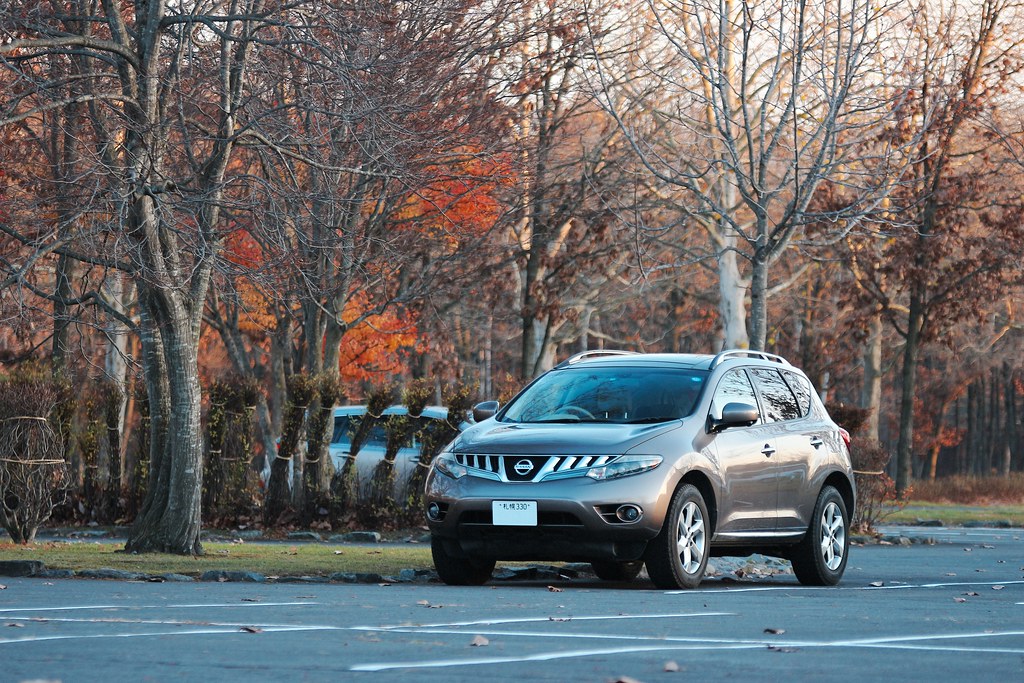
11. **Grit**Grit is a straightforward yet highly annoying paint defect characterized by solid particles of various sizes becoming embedded within the paint film. Similar to debris in the paint, these unwelcome specks create noticeable bumps, textures, and imperfections that completely undermine the smooth, uniform surface you strive for. The presence of grit makes the finished paint job feel rough to the touch and appear visually inconsistent, severely diminishing its quality.
The genesis of grit often lies in improper material handling and preparation, as well as environmental factors. It can occur if the primer or paint itself has not been properly strained before use, allowing manufacturing impurities or settled pigments to be sprayed onto the surface. Inadequate stirring of older paints can also leave clumps of pigment that appear as grit. Moreover, using old paint that has partially dried or formed particles over time is another common cause, as these particles will inevitably transfer to your finish.
To effectively prevent grit, meticulous attention to detail during paint preparation is essential. Always ensure that both your primer and paint are thoroughly stirred and, crucially, properly strained through a fine-mesh filter immediately before pouring them into your spray gun. This removes any potential clumps or foreign particles from the liquid material. Additionally, always check the shelf life and condition of your paint; using fresh, high-quality products that have been stored correctly will minimize the chances of internal grit formation.
Fortunately, if grit does manage to find its way into your cured paint job, it is usually a fixable problem. The recommended method involves allowing the paint to cure completely, ensuring the embedded particles are stable. Afterward, you can carefully sand the affected area with appropriate grit sandpaper to remove the solid particles and smooth the surface. Once sanded and cleaned, the area will need to be resprayed, often followed by compounding and polishing, to blend the repair seamlessly and restore the desired smooth finish.
Read more about: When Home Becomes a Hotel: The Heart-Wrenching Realities of Family Rent Conflicts and Financial Betrayal

12. **Mottling**Mottling is a visually disruptive paint defect primarily observed in metallic or transparent finishes, manifesting as an uneven, streaked, or blotchy appearance. Instead of a consistent color or effect, you’ll notice variations in hue or metallic flake distribution, giving the surface a patchy look. This issue severely compromises the intended aesthetic, making the finish appear amateurish and detracting from the deep, uniform shine that metallic paints are designed to deliver.
Several factors can contribute to the dreaded streaked look of mottling, most of which relate directly to application technique and material preparation. Tilting the spray gun incorrectly during application can lead to an uneven deposit of paint, especially with metallic flakes. Not maintaining a balanced spray pattern—where each pass is consistent in its overlap and distance—is another frequent culprit. Spraying the clear coat before the base coat has dried completely can reactivate underlying layers, causing pigments or flakes to shift. Additionally, over-thinning the paint can make it too fluid, leading to poor flake orientation and inconsistent coverage.
Preventing mottling requires rigorous attention to spray technique and material consistency. Ensure your spray gun is held perpendicular to the surface at a consistent distance, and move it at a steady, even pace across the panel. Practice achieving a balanced spray pattern with uniform overlap between passes. Crucially, always allow the base coat to dry completely, or “flash off,” according to the manufacturer’s specifications before applying any clear coat. This prevents solvent interaction that can disturb the metallic flakes. Furthermore, always thin your paint precisely as recommended by the manufacturer, avoiding the temptation to over-thin.
Rectifying mottling usually necessitates reapplying the paint. If the issue is severe, you may need to sand down the mottled areas and reapply the base coat, meticulously focusing on your spray technique and ensuring proper drying times. In some cases, adjusting gun settings, air pressure, and fluid delivery can help. The key is to ensure consistent application, proper material viscosity, and adequate flash times between coats to allow metallic particles to orient correctly and prevent the streaking effect, ultimately achieving a uniform and professional finish.
Read more about: Navigating the Final Hours: Key Symptoms and Changes to Expect 24-48 Hours Before Death

13. **Orange Peeling**Orange peeling is one of the most commonly recognized and frustrating automotive paint defects, aptly named for its appearance that strikingly resembles the dimpled texture of an orange peel. Instead of a smooth, mirror-like finish, the paint surface exhibits a wavy, irregular texture that dulls reflections and significantly reduces the perceived quality and depth of the color. This imperfection is a tell-tale sign of an issue during the application or drying process.
This condition can arise from several interconnected factors. Often, it’s a consequence of the paint not being reduced enough, meaning it’s too thick to flow out smoothly before drying. Similarly, if the pressure used in the spray gun is too low, the paint material won’t atomize correctly, preventing it from laying down as an even film. Excessive film thickness, where too much material is applied in full wet coats, can also hinder the paint’s ability to flow out and level properly, leaving that characteristic dimpled surface. Using the wrong reducer, especially one that causes solvents to evaporate too fast, can lead to the paint drying before it has a chance to properly flatten.
Beyond material consistency, gun troubles and poor technique are major contributors. Ensuring you use the correct spray gun, fluid tip, and air cap for your application is vital. Insufficient air pressure at the tip of the gun specifically impedes proper atomization and flow. Furthermore, aspects of poor technique—such as an improper gun tip position, inconsistent pass speed, uneven overlap between passes, or an incorrect distance from the panel—can all lead to an orange peel finish. Each of these variables must be meticulously controlled for a smooth result.
If the orange peel effect is minimal, you might be able to fix it by wet sanding the dried paint film with 1200-grit sandpaper to smooth out the texture, followed by buffing and polishing to restore gloss. However, if the orange peel is significant, more aggressive action is required. You will need to sand out the imperfections more thoroughly and then reapply paint, ensuring the material is properly reduced, air pressure is correct, and your technique is flawless. Making precise adjustments to the spray gun settings can often prevent this issue from recurring and help achieve that desired showroom finish.
Read more about: Get Ready To Relive Your Childhood: 15 Iconic ’90s Snacks We Desperately Need Back In Our Lives

14. **Peeling**Peeling, also known as flaking or delamination, is a severe paint defect where portions of the paint film visibly separate and lift away from the substrate or from underlying paint layers. This problem is not merely cosmetic; it indicates a fundamental failure in adhesion, compromising the protective integrity of the paint job and potentially exposing the vehicle’s bodywork to rust and further damage. It’s a clear sign that the bond between layers has been lost.
The most common cause of paint peeling is improper surface preparation. If the substrate is not properly cleaned, degreased, sanded, or abraded before paint application, the paint will not be able to adhere securely. Surface irregularities, rust spots, or old paint that is not adequately prepped can lead to delamination, sometimes immediately, other times after a lengthy period. Essentially, the paint job is only as good as the foundation beneath it, and a poor foundation means a poor bond.
Insufficient film thickness also plays a significant role. Paint that has been applied too thinly tends to have less structural integrity and an eventual tendency to pull away from the substrate. Furthermore, a failure to strictly follow application instructions can lead to adhesion problems. For example, certain undercoats that have fully cured must be sanded before a topcoat is applied to create a mechanical key for adhesion, and skipping this step can result in peeling.
To effectively prevent peeling, meticulous surface preparation is paramount. This includes thorough sanding, cleaning, and the correct application of appropriate primers that promote strong adhesion. Should peeling occur, the repair strategy depends on the extent of the damage. For relatively small areas, remove the flaking and peeling paint, then reapply the paint material as you would for a spot repair, ensuring proper surface prep. For larger problem areas, it’s often necessary to sand the entire paint surface, clean it thoroughly, and then reapply paint material, making sure to follow all application instructions and build the material to a sufficient film thickness for optimal durability and adhesion.
Read more about: Wheels of Misfortune: 14 SUVs Buyers Wish They Had Walked Away From Before the Test Drive

15. **Sags**Paint sags, often appearing as drips, runs, or curtains on the finished surface, are a widely recognized and frustrating problem for many DIY car painters. These unsightly imperfections occur when an excess amount of wet paint accumulates in certain areas, unable to level out before gravity pulls it downwards. The result is an uneven, wavy, and thick section of paint that severely detracts from the smooth, professional finish you’re aiming for.
Several common culprits contribute to the formation of sags. A primary reason is improper spray gun technique; holding the paint gun too close to the surface, moving it too slowly, or applying a double coat in a single pass can deposit too much material. Similarly, inadequate air pressure at the tip of your paint gun prevents proper atomization and flow. Furthermore, the choice and amount of reducer are critical: using a reducer that evaporates too slowly or incorporating an excessive amount of reducer into the paint mixture can make the paint too fluid and prone to running.
Environmental conditions also play a significant role in sag formation. Attempting to paint on cold days or in an area where the temperature is too cool can slow down the paint’s drying and curing process, allowing more time for gravity to pull the wet paint into sags before it can set. Additionally, insufficient flash time between coats – not allowing enough time for solvents to evaporate from the first coat before applying the next – can lead to an accumulation of wet material that becomes susceptible to running.
To prevent sags, precision in technique and environmental control are key. Maintain a perpendicular angle with your paint gun, ensure it’s far enough away from the surface, and move it in even, quick strokes. Always choose the appropriate reducer for your specific material and shop conditions, avoiding excessive thinning. Paint in dry, temperature-controlled environments, ideally above freezing, and strictly adhere to recommended flash times between coats. If sags appear while the paint is still wet, you can carefully remove the wet paint with solvent, clean the area, and reapply the coating. For dry sags, carefully sand them out and then reapply the coating, remembering to adjust your technique and materials to avoid recurrence.
Read more about: Buyer Beware: Unpacking the Suspension Weaknesses of Best-Selling Pickups Under Load and Critical Failure Points
Successfully tackling these advanced paint challenges elevates a DIY car paint job from merely acceptable to truly exceptional. From avoiding the dulling haze of improper drying to preventing the unsightly sags of over-application, each lesson learned refines your craft. Remember that every imperfection is an opportunity to deepen your understanding of automotive refinishing. By applying these expert tips and embracing meticulous preparation and precise technique, you are not just fixing paint—you are mastering the art of a durable, mirror-like finish. Your vehicle deserves the best, and with dedication, you can achieve it right in your own garage, turning heads with a finish that rivals the pros.

